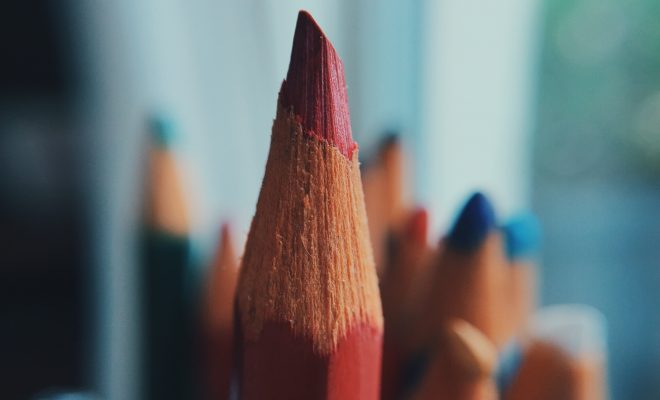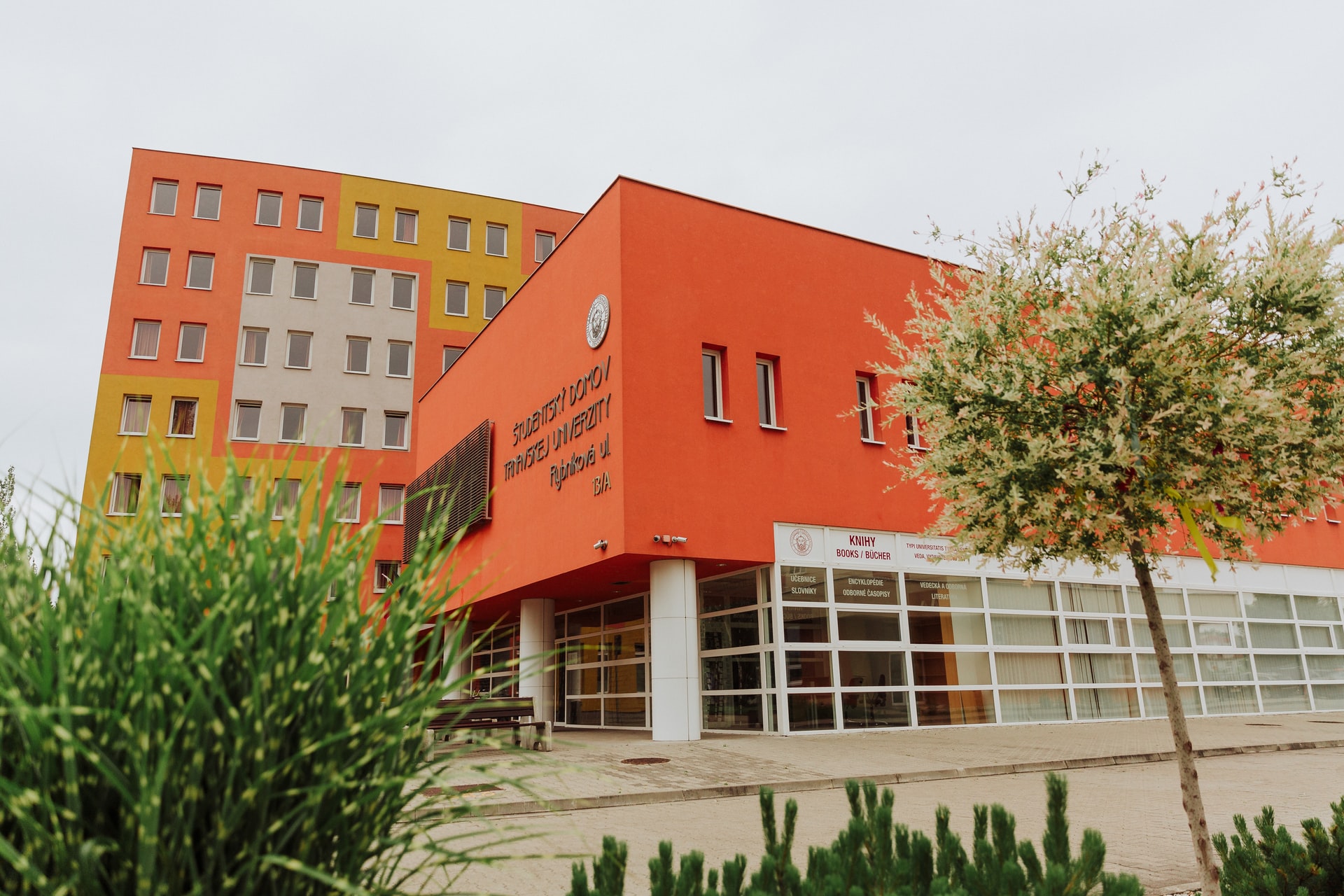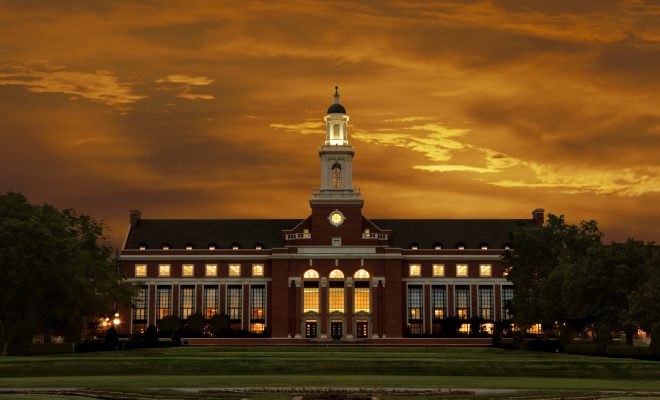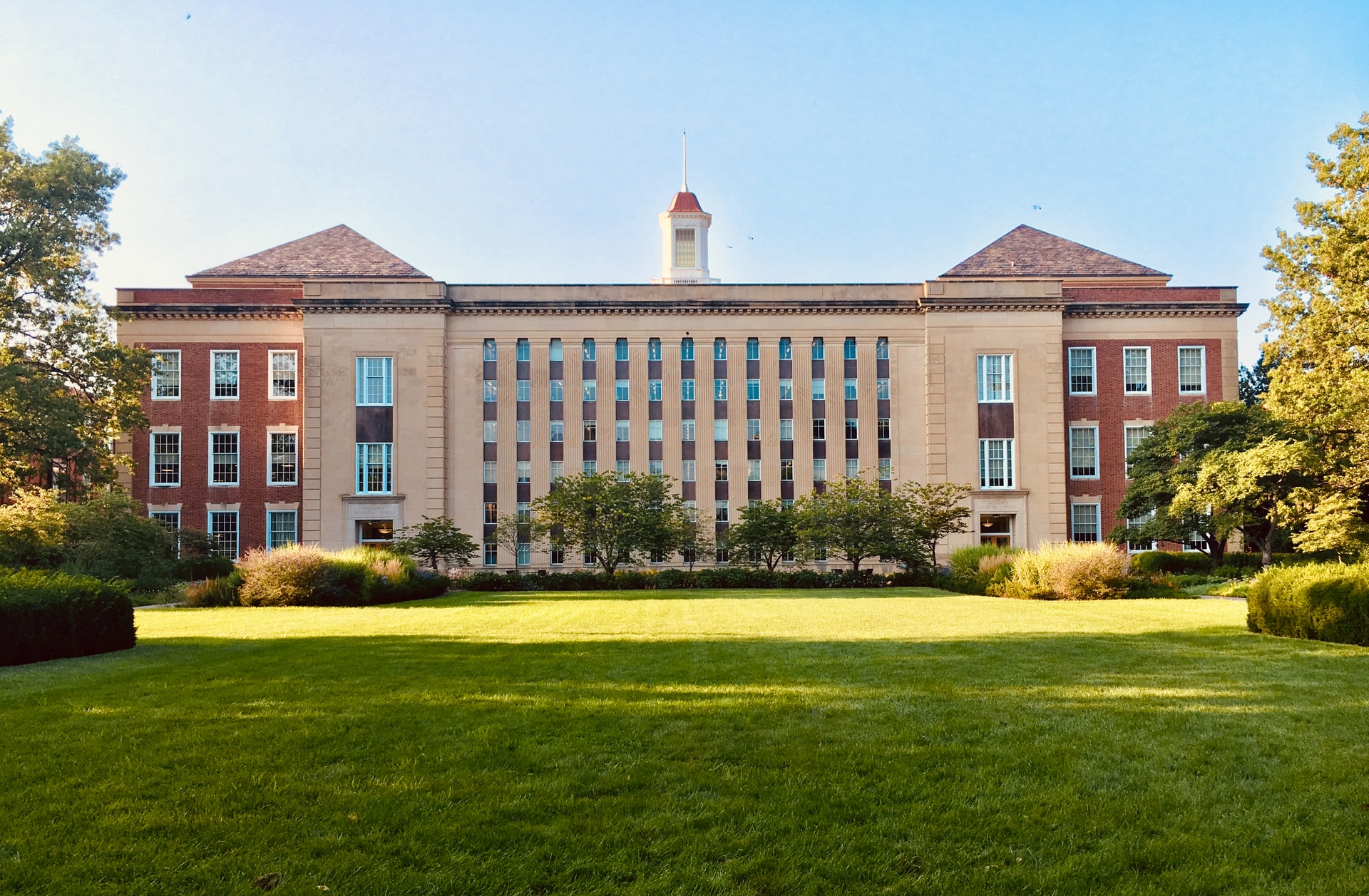What’s Next? Lessons From the Lockdown on Traditional Education

Schools for children from preschool through late teens, and even into the early twenties, has become such a norm that there is even a genre of literature called “school stories.” Horace Mann, Elizabeth Peabody, John Dewey, and many more are names that are well known to students of educational history. They were highly instrumental in founding the system of education that began to take form in the late 1800s, and that continued to function with a few groans, bumps, and perhaps an occasional flat tire or two along the road toward giving every child an opportunity to read, write, calculate, and acquire higher learning. Thanks to dedicated teachers, school boards, principals, and parents the system became self-perpetuating with varying degrees of functionality.
Until it was disrupted by a lowly virus in 2019, and communicable disease often shorthanded as “novel coronavirus” or Covid-19 made busing children to a single central location a questionable health practice. Teachers who were pitchforked, unprepared, and sometimes unwillingly, into computerized education got a quick heads up on what they could bring from a standardized classroom and what was simply not possible. Parents, some of whom found their workplace shutdown, while others were deemed “essential” suddenly found that they were in full charge of their children 14 hours a day, seven days a week, instead of leaving a major portion of the training and supervising of their youngsters to the professionals.
Teachers quickly learned that even such simple things as taking roll could be complicated. A child on his or her own at home could log into a class, and then walk away, leaving the teacher talking to empty air. Plagiarism, cheating on tests, and having the book open while taking a test became almost inevitable since hastily improvised home “classrooms” could not be monitored. They learned that virtual whiteboards, while better than nothing, are not a good substitute for giving a child a hands-on response. Could it be that the age of the read-a-chapter take a multiple-choice quiz were dead? What were the possible answers?
One method was to go to require students to develop something. It might be to create a Minecraft world, write an essay, draw an original picture about an event, or to develop a scientific experiment, accompanied by photographs. These sorts of object productions require the student to actively participate in a way that will show that he or she read the material and that they have some idea of what is involved with the lesson. They are visual, and keep the student engaged. But are they learning? Will reading Sir Cumference and the First Round Table and reporting on it enable a student to calculate the diameter, circumference, and radius of a circle? Will creating a graph of the robin population in the students front yard bring understanding of the complexities of natural science?
Two big lessons from the Covid-19 lockdowns is that few nations are prepared to meet the challenge of educating their youth without public schools, and that what works in a face-to-face classroom does not necessarily transfer to teaching online. Online instructors must be funnier, bolder, more entertaining than the traditional instructor. The biggest lesson is how deeply having children in a supervised school situation from early morning until late afternoon has become embedded in our society, and how one small change can bring it all tumbling down.






